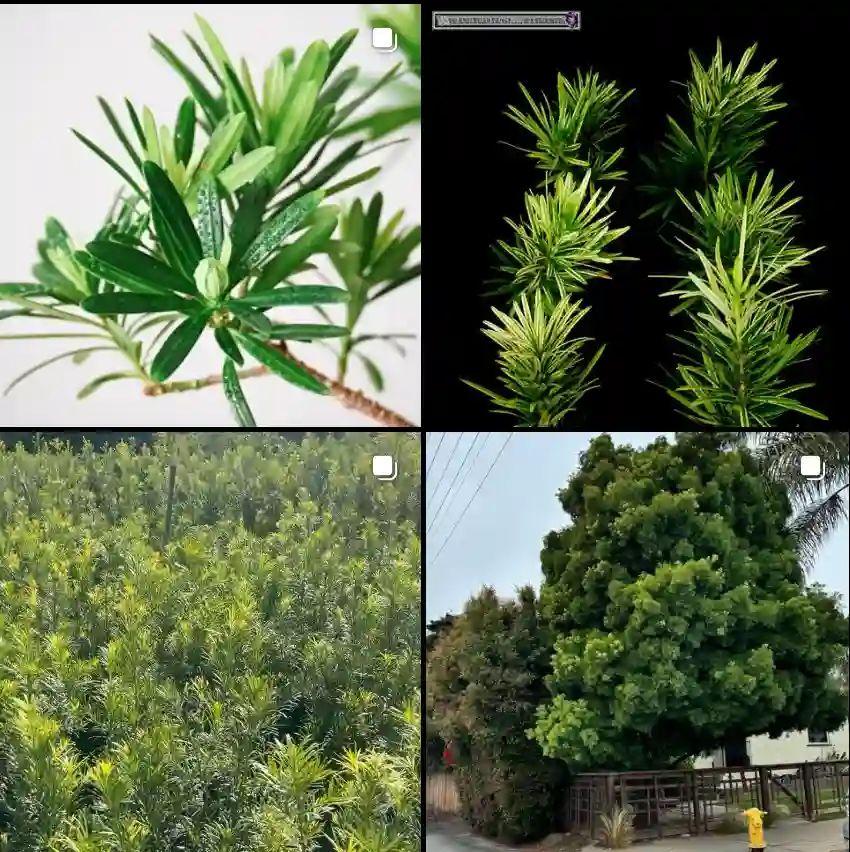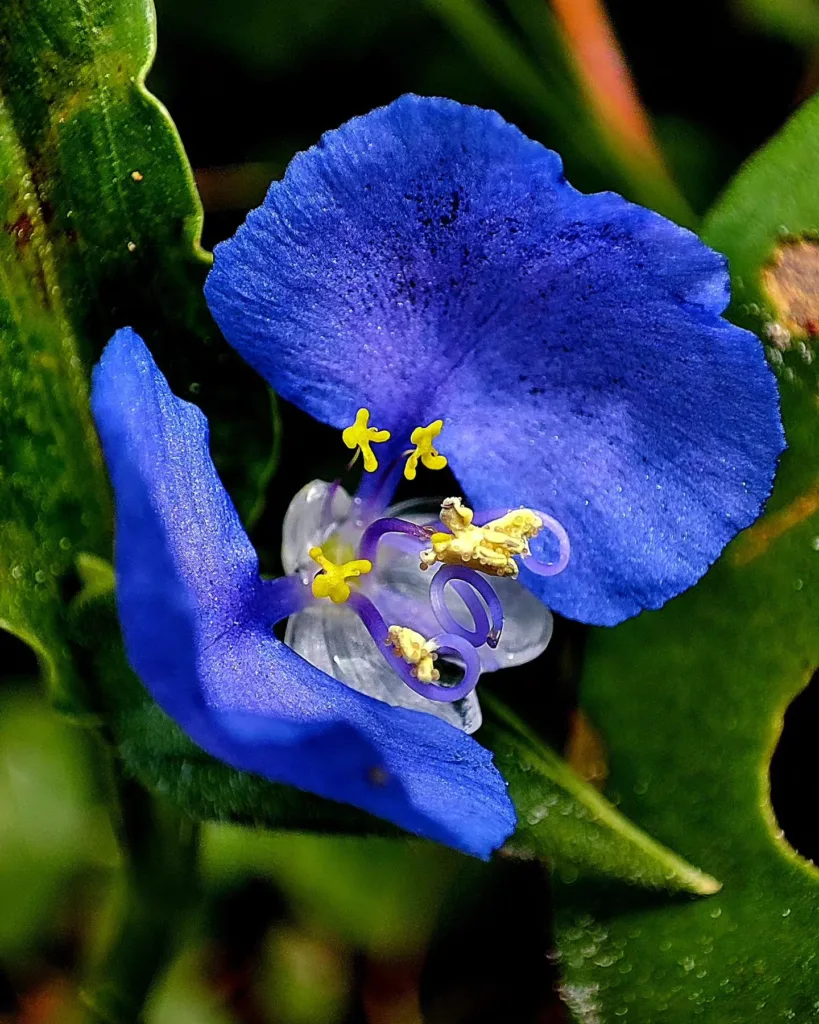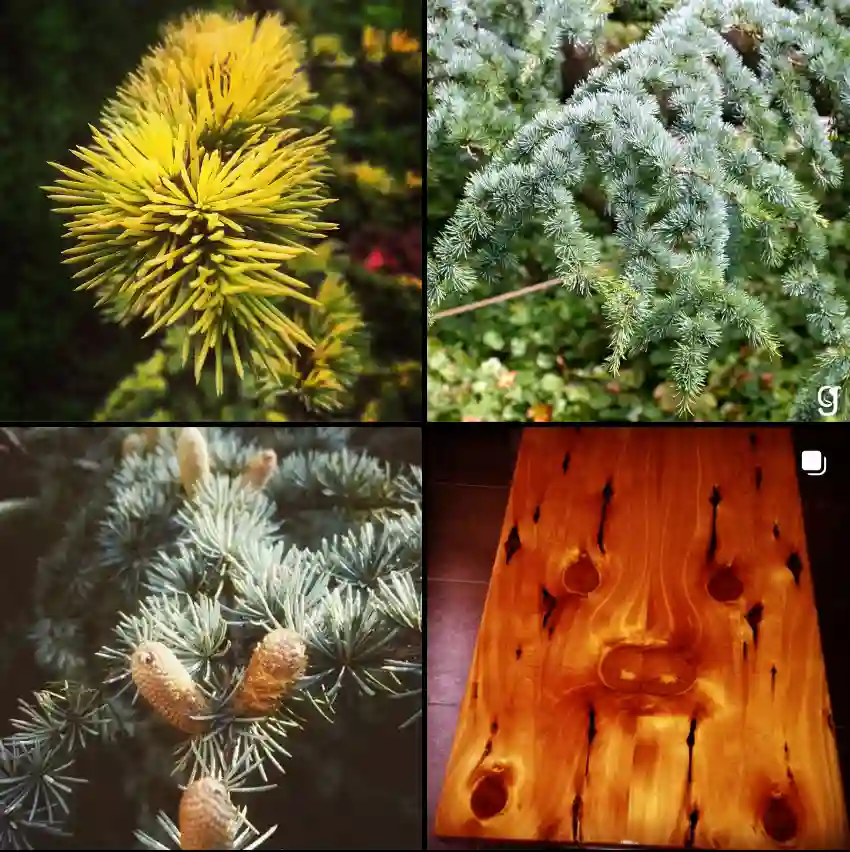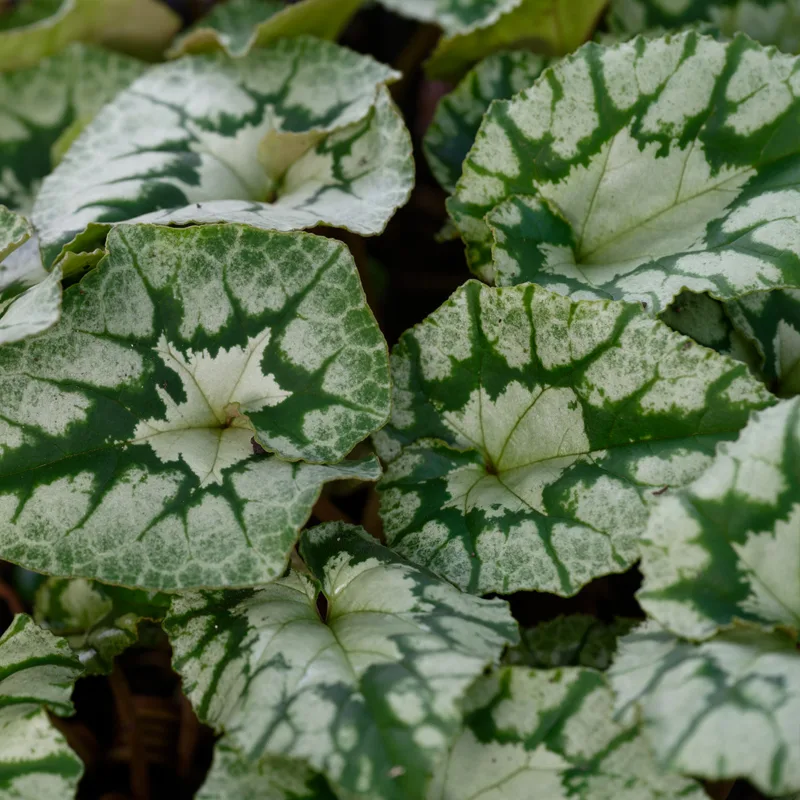Exploring the Hydrangeaceae Family
As a plant enthusiast, I’ve always been fascinated by the diverse family of Hydrangeaceae. This family, often associated with lush blooms and striking foliage, includes several genera that capture my attention. In this article, I’ll delve into some of my favorite genera: Carpenteria, Deutzia, Fendlera, Fendlerella, Hydrangea, Jamesia, Kirengeshoma, Philadelphus, and Whipplea.
Carpenteria: A Hidden Gem
Carpenteria is often overlooked, yet it holds a unique charm. Known as the bush anemone, this genus features evergreen shrubs that thrive in sunny locations. I particularly admire their white, fragrant flowers that bloom in late spring to early summer. These blooms attract pollinators, adding life to my garden. The glossy leaves provide a striking contrast to the delicate flowers, making Carpenteria a standout choice for any landscape.
When I first introduced Carpenteria into my garden, I was impressed by its resilience. It thrives in well-drained soil and requires minimal maintenance. This is a significant advantage for gardeners like me, who appreciate low-maintenance plants that still offer beauty.
Deutzia: A Celebration of Blooms
Deutzia is a genus that never fails to impress with its abundant flowers. I have several varieties in my collection, each boasting unique characteristics. The most popular, Deutzia scabra, produces delicate white blooms that create a stunning display in early summer.
One of my favorite aspects of Deutzia is its adaptability. It can thrive in various soil types and conditions, making it suitable for almost any garden. I often use it as a hedge or border plant because of its lush foliage and vibrant blooms. The slight fragrance of the flowers adds an extra layer of appeal, making it a delightful choice for any garden enthusiast.
Fendlera: Resilient and Unique
Fendlera, though less common, has its own allure. I find it fascinating that this genus can thrive in arid environments, particularly in the southwestern United States. The flowers are small, yet they create a beautiful show when in full bloom. Fendlera is often used in xeriscaping, which aligns with my interest in sustainable gardening practices.
I appreciate how resilient Fendlera is, requiring very little water once established. Its ability to adapt to various conditions makes it an excellent choice for gardeners in dry climates. Plus, the small white flowers attract pollinators, which is always a bonus in my garden.
Fendlerella: A Unique Character
Fendlerella is another lesser-known genus in the Hydrangeaceae family. I discovered it while researching drought-resistant plants, and I was intrigued by its unique attributes. This genus includes species that resemble both shrubs and small trees, with delicate flowers that bloom in late spring.
I’ve planted Fendlerella in my garden as an accent plant. Its unique form and subtle blossoms add an interesting visual element. Moreover, it’s incredibly low-maintenance, which is a significant plus for me as a busy gardener. Fendlerella proves that beauty doesn’t have to come with high maintenance.
Hydrangea: The Iconic Bloom
100 Species in Genus Hydrangea
No discussion about the Hydrangeaceae family would be complete without mentioning Hydrangea. This genus is iconic for its large, showy blooms that can vary in color based on soil pH. I have a few varieties in my garden, including the popular mophead and lacecap types.
What I love most about Hydrangea is its versatility. It can be used in borders, as focal points, or even as cut flowers for arrangements. The vibrant colors and lush foliage create a stunning display throughout the summer. Additionally, Hydrangeas are relatively easy to care for, which is perfect for gardeners of all skill levels.
Jamesia: The Elegant Choice
Jamesia, also known as the rockrose, is a genus that deserves more recognition. Its delicate flowers and unique habit make it a beautiful addition to any garden. I appreciate how Jamesia can thrive in rocky, dry soils, making it a perfect choice for my more challenging garden areas.
The flowers are typically white or pale yellow and are known to attract butterflies. Planting Jamesia not only adds beauty to my garden but also supports local wildlife. It’s a win-win for me as a gardener.
Kirengeshoma: The Shady Beauty
Kirengeshoma is a unique genus that thrives in shaded areas. I have a fondness for this genus because it offers a different look compared to other Hydrangeaceae members. Its yellow, bell-shaped flowers bloom in late summer, providing a splash of color when many other plants have finished flowering.
What I find particularly appealing about Kirengeshoma is its ability to thrive in moist, shaded conditions. It’s a great choice for woodland gardens and shady spots. I’ve planted it alongside ferns and other shade-loving plants to create a lush, green oasis.
Philadelphus: The Mock Orange
45 Species in Genus Philadelphus
Philadelphus, commonly known as mock orange, is another favorite of mine. Its fragrant white flowers remind me of early summer evenings spent in the garden. I love the way the scent fills the air, attracting not only my attention but also that of bees and butterflies.
Philadelphus is relatively easy to grow, requiring well-drained soil and plenty of sunlight. I often use it as a backdrop in my flower beds because of its lovely blooms and lush foliage. It truly enhances the beauty of my garden.
Whipplea: The Rare Find
Finally, Whipplea is a genus that I stumbled upon during my gardening adventures. It’s a rare find, with species that thrive in rocky or mountainous areas. I find its resilience and unique habitat fascinating.
The flowers are small but charming, often attracting pollinators in the process. I’ve planted Whipplea in a rock garden, where it can showcase its unique beauty. It adds an element of surprise to my garden, reminding me that beauty can be found in unexpected places.
Conclusion: A Family of Diversity
The Hydrangeaceae family is a testament to the diversity of plants that can thrive in various conditions. From the fragrant blooms of Philadelphus to the unique resilience of Fendlera, there’s something for every gardener. Each genus offers its own charm and beauty, making the Hydrangeaceae family a delightful addition to any landscape. I encourage fellow gardeners to explore these genera and discover the joys they bring to our gardens.
If i die, water my plants!



